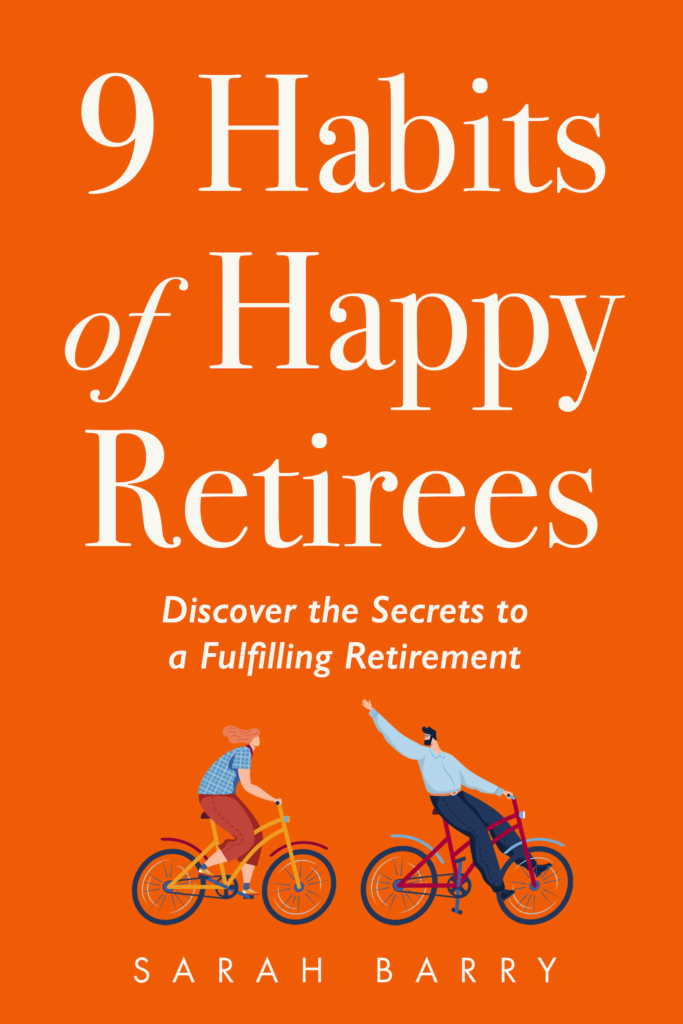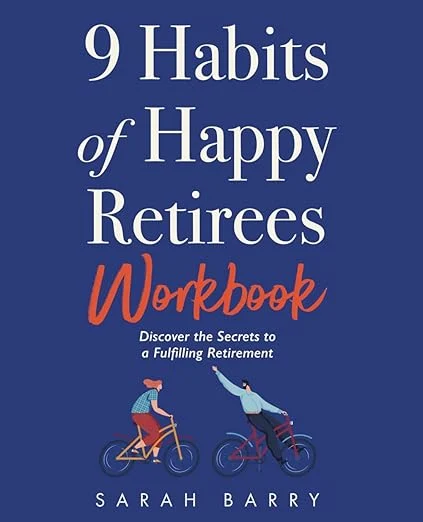How to Write a Personal Mission Statement — Especially for Retirement
Define your purpose. Live with intention. Thrive in your next chapter.
Retirement can be one of life’s most liberating—and most disorienting—transitions. After years of routine, deadlines, and externally defined roles, the question “What now?” looms large. This is where a personal mission statement can become a guiding light.
Whether you’re just beginning to consider retirement, have recently stepped away from full-time work, or are deep into your post-career years, articulating your personal mission is a powerful way to define who you are beyond your job title—and what will bring you a sense of purpose, connection, and joy.
What Is a Personal Mission Statement?
A personal mission statement is a clear and intentional expression of your values, goals, and purpose. Think of it as a compass that keeps you oriented toward what matters most to you.
Unlike a résumé or career bio, your mission statement isn’t about what you’ve done. It’s about who you are—and how you intend to live. For retirees, this statement can become a source of meaning in a phase of life that’s often unstructured and wide open.
It’s not about productivity for productivity’s sake. It’s about intentionality. It’s about answering this question:
How will I make this chapter of life truly count—on my terms?
Why a Mission Statement Matters in Retirement
In working life, our goals and roles are often dictated by our careers, our families, or societal expectations. Retirement removes many of those structures. That can be freeing—but it can also feel like a loss of identity or direction.
Here’s how a personal mission statement helps:
✅ Provides Structure
Without a daily work schedule, it’s easy to drift. A mission statement offers a framework to guide how you spend your days and make decisions.
✅ Offers Clarity
It helps you prioritize what really matters—so you’re not filling your calendar just for the sake of being “busy.”
✅ Supports Emotional Well-being
Knowing your “why” gives you a deeper sense of satisfaction, helping to ward off boredom, loneliness, or loss of identity.
✅ Encourages Growth
Just because you’ve retired from your career doesn’t mean you’ve retired from growth. A mission statement helps you keep evolving.
Questions to Help You Discover Your Retirement Mission
If you’ve never written a mission statement before, don’t worry—this is your opportunity to reconnect with who you are now and who you want to be next.
Use these prompts to reflect:
- What legacy do I want to leave?
- What would make me proud five years from now?
- What causes or issues do I care deeply about?
- How do I want to feel at the end of a typical day?
- What did I love doing as a child or younger adult that I’ve neglected?
- Who brings me energy, and who do I want to spend more time with?
- What does a “meaningful life” look like for me now—not ten years ago?
This isn’t about rushing to find answers—it’s about reconnecting with your inner voice.
Tip: Visualize the End and Work Backwards
One useful exercise is to fast-forward. Imagine yourself 10, 15, or 20 years into retirement. What do you want to look back on?
You might ask:
- What stories do I want to tell my grandchildren?
- What kind of memories do I want to create?
- What will I regret not doing?
Some people find it helpful to write a mock eulogy or “retirement reflection” letter to themselves. This may feel odd at first—but it can be incredibly clarifying. If the life you’re imagining doesn’t match the life you’re living, it’s time to realign your goals and values.
Reconnect with Your Core Values
Your personal mission should be deeply aligned with your values. In retirement, those values often shift. You may find that success and status are no longer top priorities—instead, you might be more focused on peace, family, adventure, or contribution.
Here are some values to consider:
- Connection – Time with family, building friendships, giving back.
- Health – Prioritizing physical and emotional well-being.
- Freedom – The ability to choose how and with whom you spend your time.
- Creativity – Exploring hobbies, crafts, writing, or music.
- Spirituality – Deepening your inner life or faith practices.
- Curiosity – Continuing to learn, travel, explore new interests.
- Legacy – Making a difference through mentorship, volunteering, or storytelling.
Reflect on which of these feel most alive for you right now. Let them guide the tone and direction of your mission.
Set New Goals for This Chapter
In retirement, goals don’t have to be grand—they just have to be yours. Setting meaningful, realistic goals gives structure and a sense of momentum.
Break them down:
- Short-term (6–12 months): Join a local class, start a blog, create a morning routine.
- Medium-term (1–3 years): Write a memoir, travel to new places, start a mentoring program.
- Long-term (3–10+ years): Contribute to a cause, build a foundation, leave a creative legacy.
These goals can—and should—be deeply personal. Maybe your goal is to cultivate joy. Or to reconnect with estranged family. Or to finally learn to play the piano.
Ask yourself:
- What energizes me?
- What am I naturally good at?
- What do I still want to learn or experience?
How to Write Your Personal Mission Statement
Your mission statement can be a single sentence or a short paragraph. It can be poetic or practical. What matters most is that it feels true.
Here’s a simple formula to start:
“My mission is to [action] for [audience or cause] so that [impact], while living in alignment with [your values].”
Retirement Mission Statement Examples
Example 1 (Connection & Mentorship):
My mission is to support and inspire the next generation by mentoring young entrepreneurs, staying curious, and living generously with my time and wisdom.
Example 2 (Health & Family):
To live a healthy, peaceful retirement focused on nurturing my family, exploring nature, and showing up fully in the relationships that matter most.
Example 3 (Creativity & Learning):
To create beauty, express myself through art, and continue learning with joy—sharing my creations and discoveries with others along the way.
Make It a Living Document
Your mission statement isn’t carved in stone—it’s more like a garden. Revisit it often. Reflect. Prune. Expand. Let it grow as you do.
You might set a reminder to reflect every 6 or 12 months:
- Is this mission still relevant?
- Does it still excite me?
- What’s changed in my life since I wrote it?
Your mission may shift as your energy, relationships, or interests change—and that’s not a failure. It’s a sign you’re still evolving.
Final Thoughts: Retirement Is a Beginning, Not an End
The word “retirement” once implied retreat, withdrawal, winding down. Today, it can mean reinvention, growth, and re-engagement—with life, with others, and with ourselves.
Your personal mission statement is a bold declaration that this part of life matters just as much as any other. Maybe even more.
So take the time. Sit with the questions. Let your statement emerge slowly, honestly, and with heart. Because the next chapter isn’t just waiting to be written—it’s waiting to be lived.
Ready to bring more joy, purpose, and balance into your retirement years?
Explore 9 Habits of Happy Retirees and the companion workbook—your next chapter starts here. Find them now on Amazon.

Retirement Re-defined
“9 Habits of Happy Retirees” is your guidebook to crafting a retirement lifestyle that goes beyond financial security, focusing on the habits that lead to true happiness and contentment in your golden years.

The Essential Workbook
This workbook is designed to complement the book’s theoretical foundation, it offers a hands-on approach to improving your mental, emotional, and social well-being in retirement.

